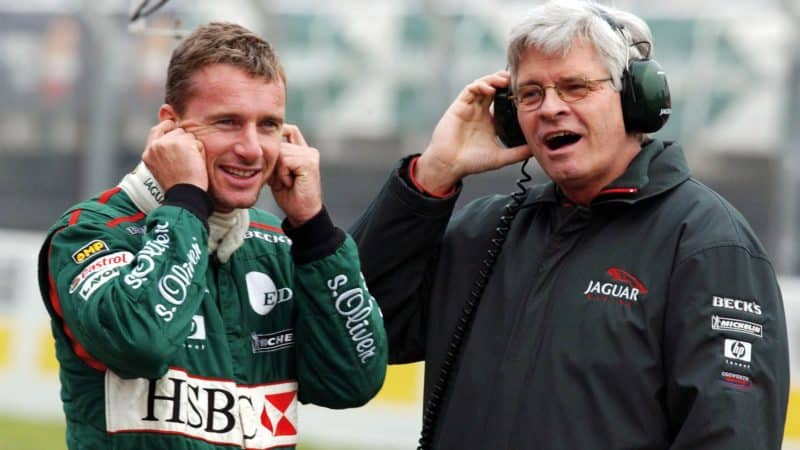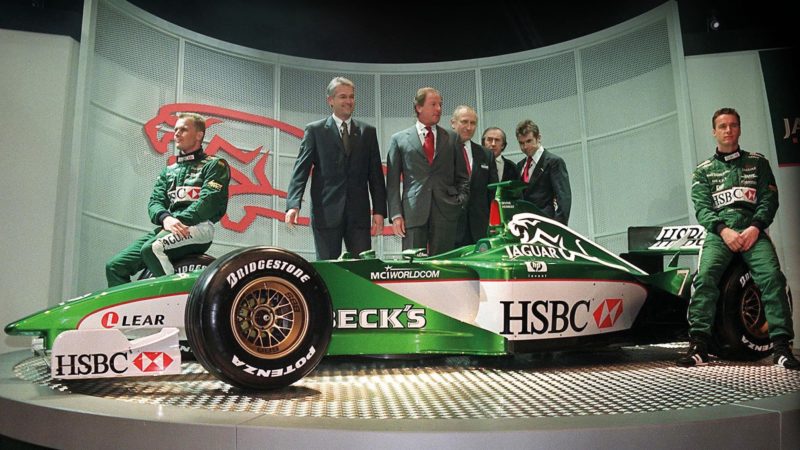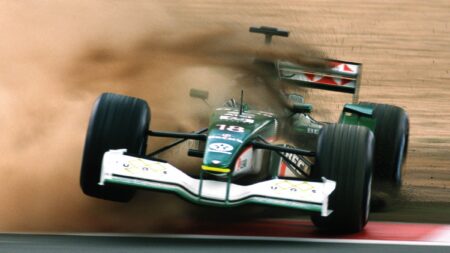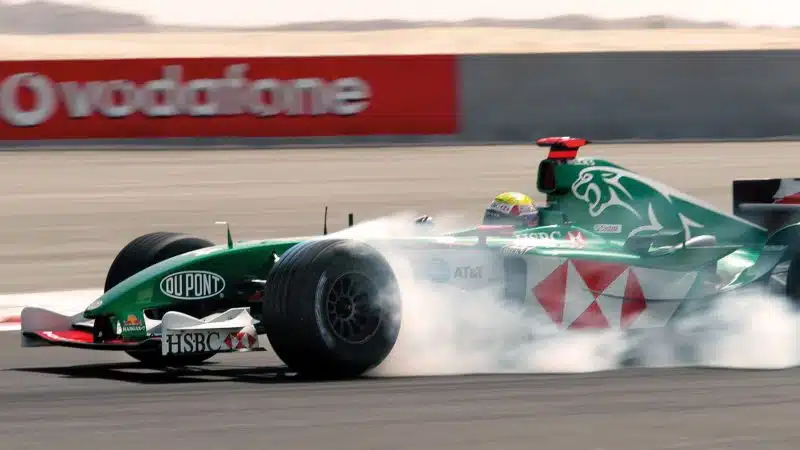Jackie Stewart had astutely persuaded Ford to invest in his eponymous team which first entered F1 in 1997, before selling control to Detroit in 2000. However, the steady improvement of performance over those three years created slightly naïve perceptions of grand prix racing Stateside.
“The paradox was that Ford’s initial F1 investment in Stewart Grand Prix in 1996 had been as sound as the workmanlike little team which the astute Jackie Stewart then sold to Ford three years later,” writes Hamilton.
“Even more ironic, Stewart’s second place at Monaco and victory at the Nürburgring within 31 months of conception had led the Ford hierarchy to assume this grand prix business had to be easier than shifting motor cars in showrooms around the world.
“It seemed to the top level of Ford Motor Company management in Michigan that Stewart and his son, Paul, had done all the donkey work and the Blue Oval was set to join Ferrari’s Prancing Horse and the Mercedes’ Three-Pointed Star as symbols of competitive global greatness.”

Irvine with Jaguar’s technical director Steve Nichols in pre-season testing, Barcelona, 2002
Getty Images
This misplaced confidence soon reared its head at the team’s glamorous launch at Lord’s cricket ground prior to the 2000 season.
“Wolfgang Reitzle stepped up to the crease and clearly thought he was hitting a six by speaking with intense enthusiasm about winning races in 2000 and the championship two years later.



